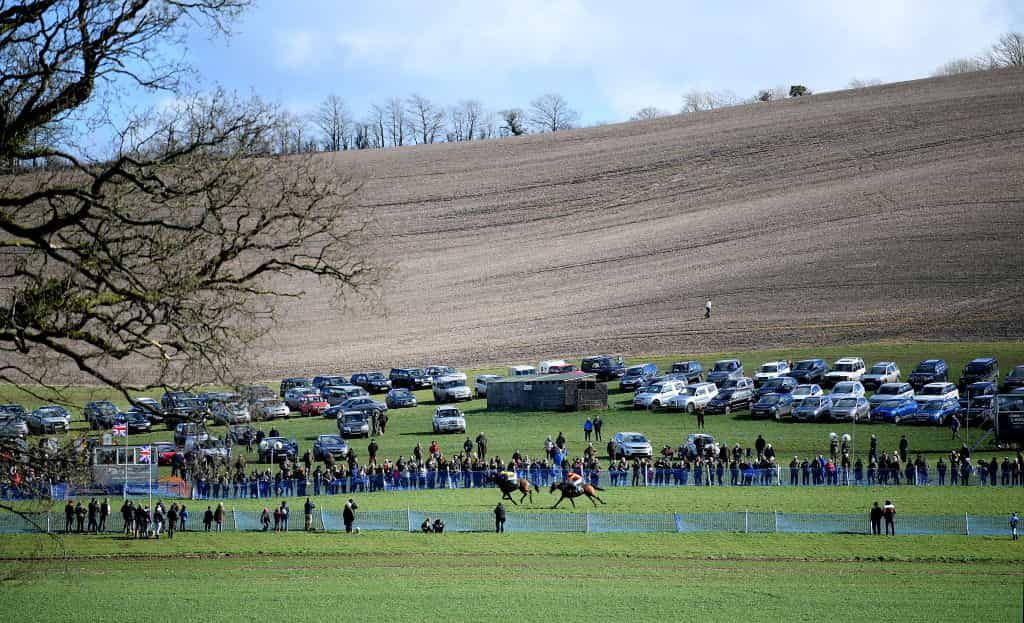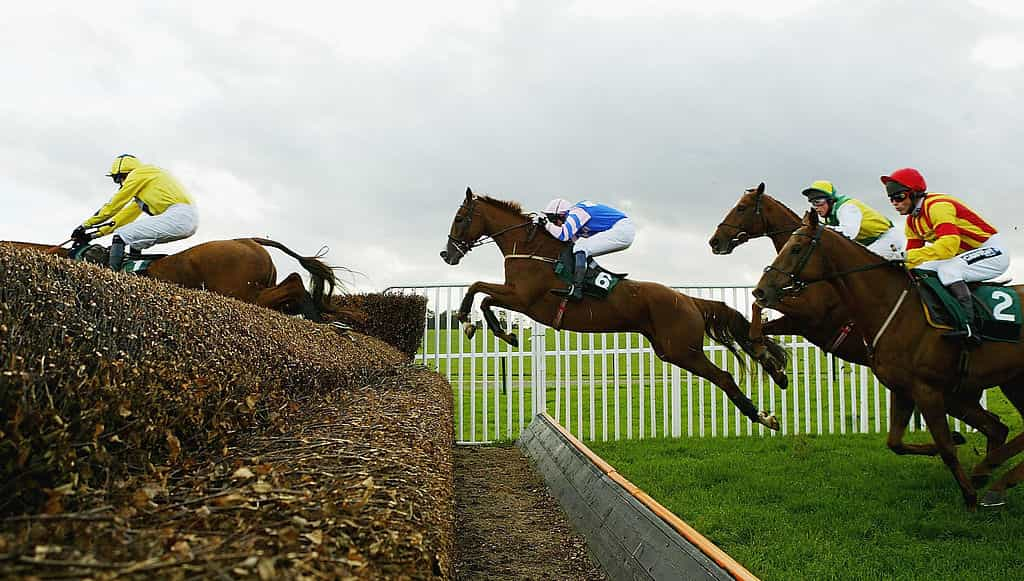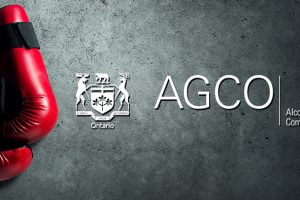Roy Brindley’s Horse Racing Guides (Part 3): Common Questions
In this part of Roy’s racing guides we will look at some of the most common questions horse racing betting fans ask. These are all very common in the world of racing.
What Is a Stayer in Horse Racing?
In North America, most horse races are raced over distances between five furlongs and a mile. In the UK and Ireland, flat races can be up to two-and-a-half miles, and National Hunt races – like the Grand National – can be more than four miles.
In British and Irish flat racing, races over one mile and four furlongs are generally described as staying races and attract ‘stayers’. Over hurdles or in steeplechases, horses that race over and beyond three miles are also described as ‘stayers’.
What Does It Mean if a Horse Has Won a Point Race?
A ‘point’ is a shortened term for a point-to-point. Point-to-point racing is staged over jumps fences, but these contests are not fully fledged national hunt races. In Ireland, ‘Points’ are open to licensed professional trainers. Irish ‘points’ are seen as a schooling ground and any horse that wins its debut point-to-point in the Emerald Isle can sell to a leading national hunt stable for a sizeable sum.
In the UK, professional trainers are excluded from running horses in point-to-points (other than their own horses). British ‘points’ are more so staged on a hobbyist basis. And instead of them primarily containing national hunt horses of the future, they mainly consist of ageing former racers from that field.

What Is a Steeplechase Race in Horse Racing?
A steeple chase race is a contest staged over a minimum of two miles. These races do not feature any hurdles only plain fences, water jumps, or open ditches. Open ditches are fences with a ditch before them on the takeoff side of the obstacle. In Ireland, these obstacles are referred to as a ‘regulation fence’.

Why Do Racehorses Have Different Ratings and What Do They Mean?
Official ratings in horse racing are massively important in racing, they ensure horses of similar ability can race one another in handicap races. They have been in use throughout the history of British horse racing.
Ruling bodies – the British Horse Racing Authority (BHA) in the UK – have rating systems in place for Flat and National Hunt races. These are used to evaluate a horse’s ability based on its past performances.
So, if a horse wins, then its rating is likely to rise. If it loses or puts in a string of poor performances, its rating will fall. The BHA reassess and changes the ratings of horses every week so that handicappers can ensure they allocate weights fairly.
Horses that run on Flat have ratings between 0 and 140. National Hunt horses are given ratings between 0 and 170. And here’s how it works: In a contest restricted to horses rated between 80 and 95 the horses rated 95 are allocated an automatic top-weight of 11-stone five pounds.
To make it a fair contest, horses perceived to be slower – as they are rated lower – carry a lesser weight. It is calculated as one pound per point. So, in this contest, a horse rated 91 will be allocated four pounds less than the top weights and carry 11-stone one-pound.
What Is the Difference Between a Colt, Filly, Gelding, Stallion, and Mare?
Fillies and mares are both female horses. Up until the age of four females are called fillies, once they turn five, they are referred to as mares.
Male horses are called colts until the age of four. When they turn five, they are simply referred to as horses. A gelding is a horse that has been castrated.
If a horse is fortunate enough to have shown plenty of ability on the racetrack he could have a career at stud, where he will then be referred to as a stallion.
When Does the National Hunt Season Start and When Does It End?
The Jump Jockeys Championship begins at the start of July and runs until a curtain-closing Sandown Park meeting in April of the following year. But, as the clocks go back on the last Sunday of October, the National Hunt season hits its full stride. It is from this point onward that the bigger meetings and races take place.
How Are Horse Racing Ratings Calculated?
The British Horse Racing Authority – responsible for the governance, administration, and regulation of horseracing in Britain – have the job of assessing racehorses and allocating them ratings.
This is done by staff called ‘handicappers’ who normally award individual horses an initial handicap rating based on performances recorded after they have raced three times. This rating – often referred to as a handicap mark – is reassessed after every run.
Race wins and good efforts normally lead to an increased rating. Poor performances will lead to a horse’s rating gradually being lowered.



